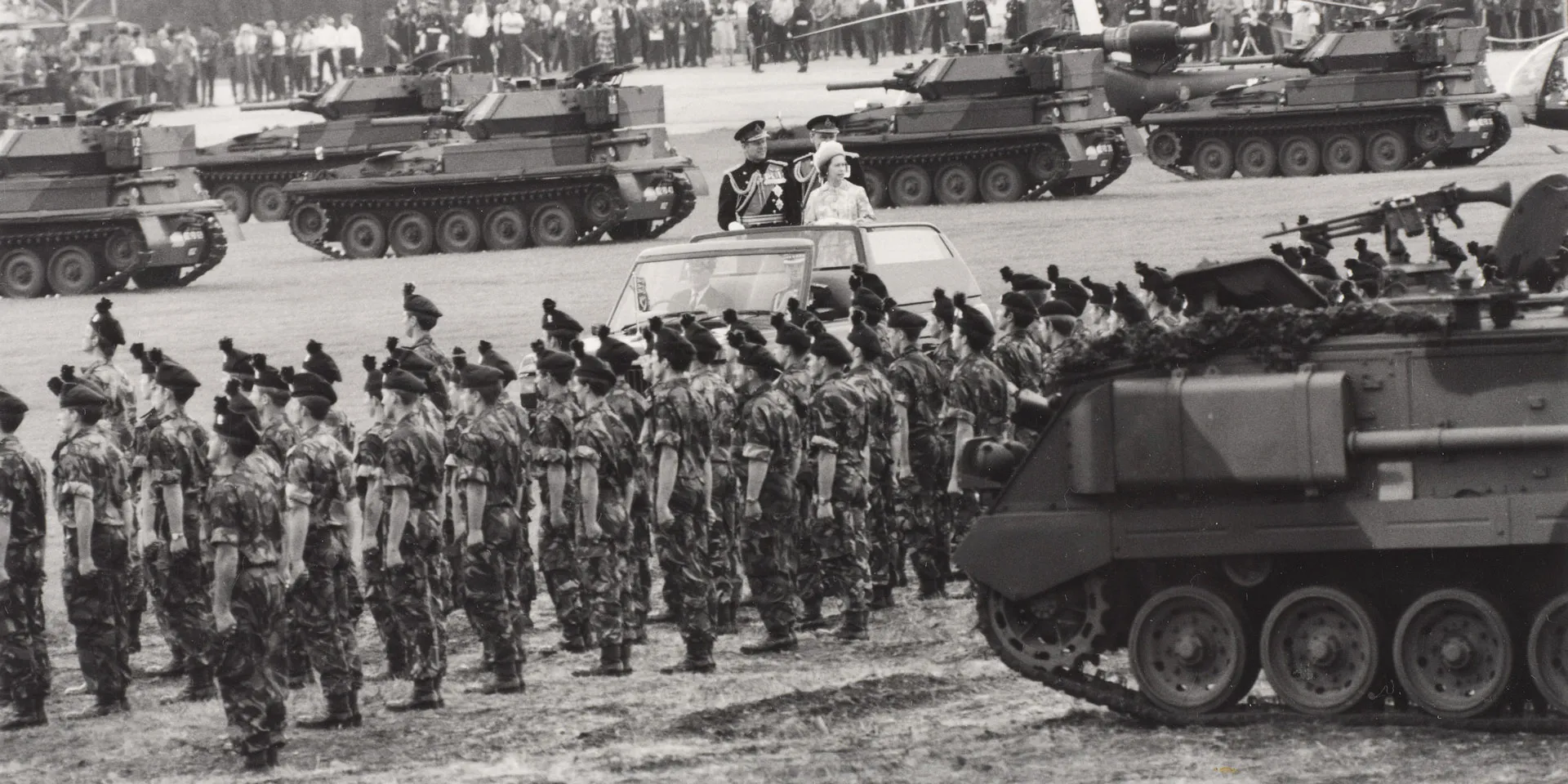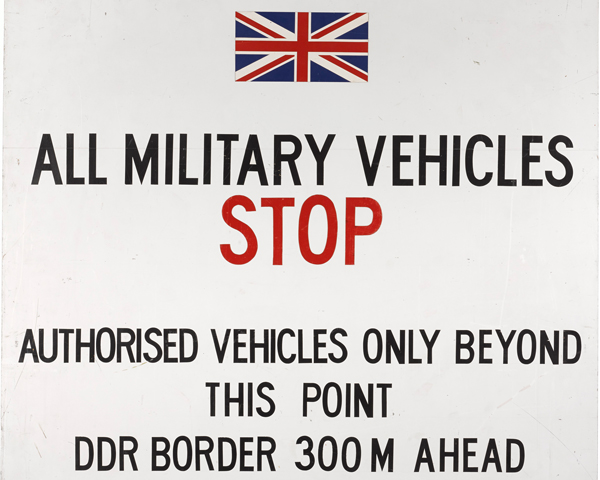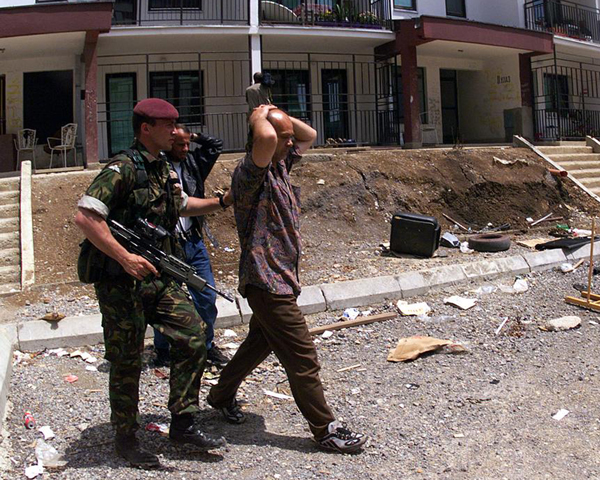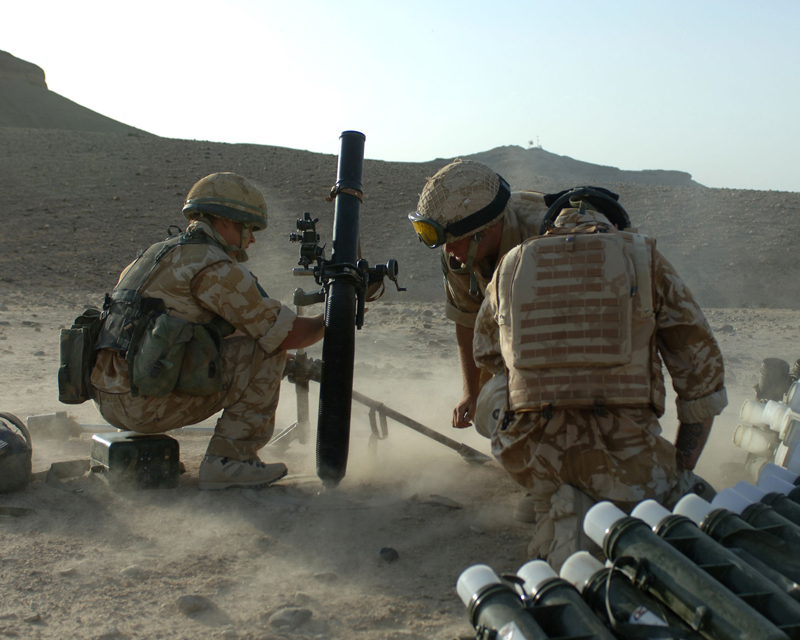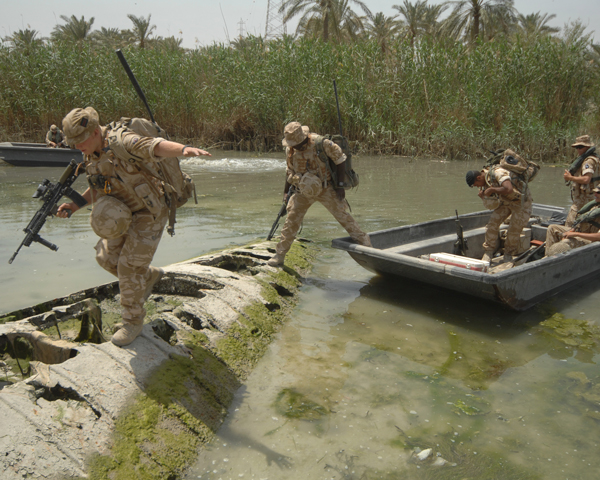Origins
After the Second World War (1939-45), Britain, the USA and the Soviet Union were unable to come to an agreement about the future of Germany. There was concern in the West that the Russians would attempt to impose their solution by force. Britain and France hoped to establish a military alliance, supported by the USA, to prevent this.
In March 1948, Britain, France and the Benelux countries (Belgium, the Netherlands and Luxembourg) signed the Brussels Treaty, committing themselves to collective defence through a military organisation known as Uniforce.
This was primarily to show the Americans that the countries of western Europe were prepared to co-operate in their own defence and to encourage them to join an alliance.
Nato
Ultimately, it was the Soviet blockade of Berlin in 1948-49, severing road and rail links between West Germany and Berlin, that brought the Americans on board. They too were so alarmed by Soviet actions that collective defence was seen as the only answer.
The North Atlantic Treaty Organisation (Nato) was formed on 4 April 1949 with General Dwight Eisenhower as the first Supreme Allied Commander Europe.
BAOR
As a result of its commitments to Nato, Britain had to convert the British Army of the Rhine (BAOR) from a static occupation force in Germany consisting of two divisions into a field force of at least four divisions.
Coupled with the outbreak of the Korean War (1950-53), this forced Clement Atlee’s Labour government to extend National Service to two years, and to abandon its plans to reduce defence spending.
Commitment
In 1954, in an effort to persuade the French, Dutch and Belgians to accept German re-armament and membership of Nato, Britain promised to keep four divisions and a tactical air force in Germany as long as her allies wanted.
At its height, this permanent commitment required nearly 80,000 troops and made it difficult for the government to cut military expenditure.
The BAOR remained the Army’s prime concern until the end of the Cold War in 1990. In the build-up to war, the plan was to reinforce it with Regulars and Territorials to a strength of about 150,000.
Armoured warfare
Most of the Army’s operations in the post-war period were of the counter-insurgency type. But Britain’s Nato commitments obliged it to be equipped and trained to fight an armoured war in north-west Europe against the Communist Warsaw Pact, which had been formed in 1955.
Nuclear threat
BAOR personnel lived under the constant dual threat of nuclear war breaking out and having to face the massed armoured formations of the Eastern Bloc. In the event of war, it was estimated that the life expectancy of a British tank commander was around 36 hours.
Defence cuts
In April 1957, Duncan Sandys, the Conservative Defence Minister, introduced a White Paper calling for the phasing out of National Service by 1962 and a reduction in the size of the Army from 373,000 to 165,000 in five years.
In order to do this, he placed more emphasis on nuclear weapons in the defence of Europe and cut colonial garrisons. Labour’s Roy Mason continued this trend in 1975 when he announced extensive defence cuts and argued that Britain’s military priority should be Europe.
European reductions
Garrisons were still required in the 1980s for places like the Falkland Islands, Gibraltar and Cyprus. Troops were also needed in Northern Ireland and for various United Nations (UN) operations. However, the collapse of communism at the end of the decade meant that Britain’s defence spending could be reduced.
In July 1990, the government announced ‘Options for Change’. Several regiments were amalgamated and British ground forces in Europe were reduced from 55,000 to 23,500, consisting of three armoured brigades in Germany and an infantry division in the UK.
‘When we were out training on the larger Nato exercises... the whole German farming population would be out pleading with us to leave the roads and cross their hedges and fields, knowing the UK government would pay a king's ransom for every acre of damage. They would almost bribe any tank commanders to do that, offering meals and dodgy immoral entertainment. Unfortunately for them, the British Army was shocked at such a proposal.’Second Lieutenant 'Mac' Mcullagh, 5th Royal Tank Regiment — 2003
Goodbye Germany
The BAOR was formally disbanded in 1994. The remaining troops became part of the multi-national Allied Command Europe Rapid Reaction Corps (ARRC), which was under British leadership.
In 2010, the Strategic Defence and Security Review made further cuts in the German garrison. It was also announced that the majority of soldiers would leave the country by 2020.
Expansion
Despite the collapse of the Warsaw Pact, Nato remained in existence. This was partly to ensure a US presence in Europe, but also to prevent European defence policies from fragmenting.
From the mid-1990s, Nato declared its willingness to co-operate with former adversaries and the alliance expanded into central and eastern Europe. Today, it consists of 29 North American and European countries.
Afghanistan
British soldiers have also served under the Nato mandate in Afghanistan. The 'September 11' attacks on the United States in 2001 caused Nato to invoke Article 5 of its charter for the first time. This stated that an attack on any member would be considered an attack on all.
ISAF
Accordingly, Nato went on to lead the UN-mandated International Security Assistance Force (ISAF) in Afghanistan from 2003 to 2014. ISAF’s mission was to ensure that Afghanistan would no longer be a terrorist safe haven. It also assisted the Afghan authorities in building effective security forces.
Iraq
The alliance also deployed to Iraq, forming the Nato Training Mission-Iraq in 2004. This sought to help create and train new armed forces for Iraq. British troops helped train Iraqi police and soldiers, while also taking a full part in the wider US-led Multi-National Force Iraq.
Today
Nato continues to contribute to international peace and security. Around 20,000 of its personnel are deployed on operations around the world, including in Turkey, Kosovo, Afghanistan, Somalia and Iraq. British soldiers take part in many of these deployments.
Although the BAOR is long gone, the British Army still plays a major role in the defence of Europe. In 2014, for example, British soldiers took part in the Anglo-Polish ‘Exercise Black Eagle’, designed to help the two nations’ armies co-operate more effectively.
This was part of Nato's demonstration of support for its allies in Eastern Europe in the face of growing tension with Russia following its actions over neighbouring Ukraine.
Nato is one of the most enduring and successful military alliances in history. It has been the cornerstone of the security policy of Britain and much of Europe for 75 years. And although Britain's relationship with Europe is changing, its position within Nato will continue to give it a major role in European and global security.










